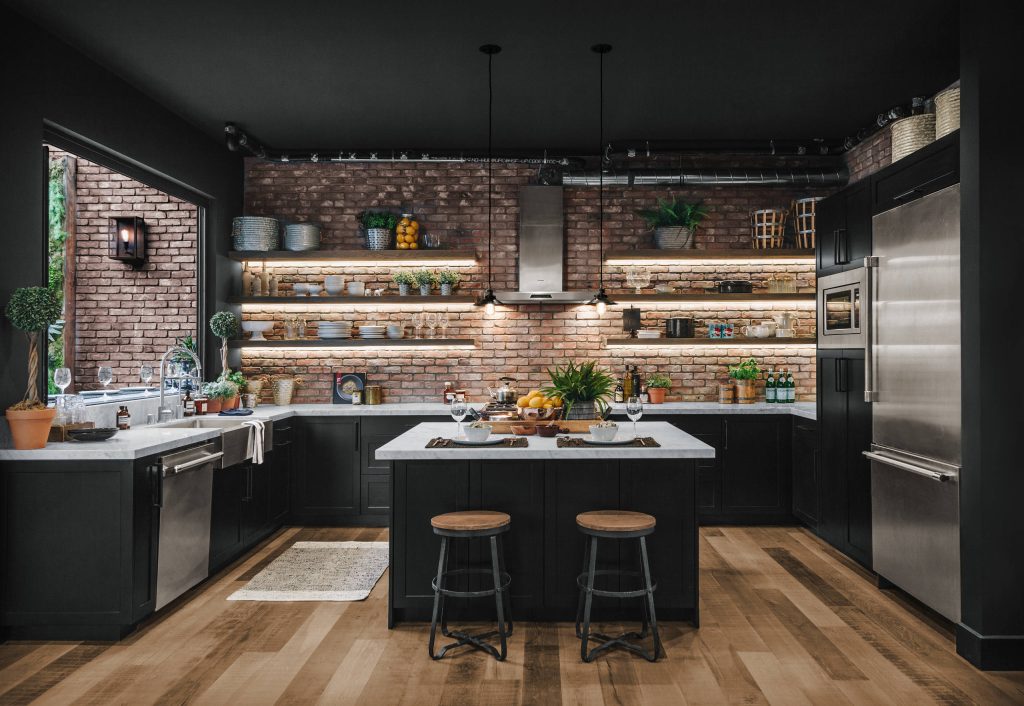There is creating an industrial kitchen is a daunting task, but one that can be achieved with the right knowledge and resources. Industrial kitchens are traditionally used in commercial settings like restaurants and hotels, but they can also be used in residential homes. Industrial kitchens offer superior quality and efficiency compared to traditional kitchens, making them an attractive option for any homeowner. In this article, we’ll walk you through the necessary steps to create an industrial kitchen that meets your needs.
- Understand Your Needs:
The first step to creating an industrial kitchen understands your needs. Consider the size of the room, the type of appliances you want and the layout of the kitchen. This will help you decide on the size and type of industrial kitchen you need. You should also consider the budget you have for the project.
- Choose Your Appliances:
Once you have an understanding of your needs, you can start choosing your appliances. Industrial kitchens require specialized equipment like stainless steel refrigerators, ovens, and cooktops. Consider the size of the appliances and the features they offer. Also, you should make sure to check the warranties of the appliances so that you can be sure of their quality.

- Choose Your Cabinets and Counters:
Choosing the right cabinets and counters is essential for creating an industrial kitchen. You should select cabinets and counters that are durable and stylish. Stainless steel is the most popular material for industrial kitchens as it is both stylish and durable. However, you can also choose other materials like wood or laminate.
- Select Your Lighting:
Lighting is an important factor in any kitchen design. For an industrial kitchen, select lighting fixtures that are both functional and stylish. Consider the size and type of lighting fixtures that you need for your kitchen. You should also consider the power consumption of the lighting fixtures as this could affect your energy bills.
- Install the Cabinets and Counters:
Once you have chosen the cabinets and counters, you need to install them. You can hire a professional to do the installation or you can do it yourself. If you choose to do the installation yourself, make sure to follow the instructions carefully.
- Install the Appliances:
Installing the appliances is the next step in creating an industrial kitchen. You should ensure that all the appliances are installed properly and securely. Make sure to read the instructions and follow them carefully. You should also check the warranties of the appliances to ensure you get the best value for your money.
- Add Finishing Touches:
After the appliances and cabinets have been installed, it’s time to add the finishing touches. This includes adding accessories like wall art, tile backsplashes, and decorative light fixtures. These touches will bring life and personality to your industrial kitchen.
Conclusion:
Creating an industrial kitchen can be a daunting task, but with the right knowledge and resources, it can be achieved. Don’t forget to add the finishing touches to bring life and personality to your industrial kitchen. With these steps, you can create an industrial kitchen that meets your needs and reflects your style.





